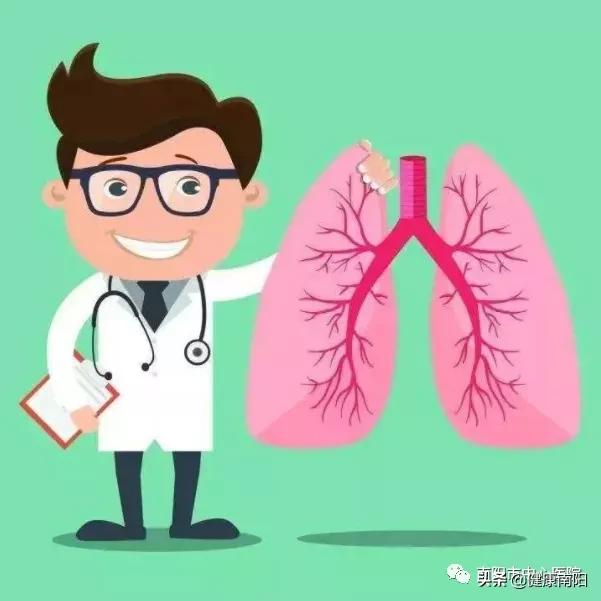Breathing exercises ——— taking deep breaths to help you get healthier
Respiratory function exercise refers to the formulation and implementation of respiratory rehabilitation training programs according to the pathophysiological mechanism of different patients, in order to enhance lung ventilation function, improve respiratory muscle function, correct pathological breathing patterns, promote sputum discharge, improve lung ventilation function, promote blood circulation and tissue ventilation, and improve quality of life.
First, respiratory function exercise methods
(1) Abdominal breathing
Specific steps
(1) The patient is taken in a standing position, and the infirm can also be taken in a sitting or semi-recumbent position.
(2) Place your left and right hands on your upper abdomen and your front chest, respectively.
(3) Use the nose to inhale when inhaling, try to straighten the abdomen, exhale with the mouth when exhaling, and at the same time contract the abdomen, maintain the minimum range of motion of the chest, and slowly exhale and inhale deeply.
(4) Abs contraction during exhalation, diaphragmatic muscle relaxation, return to its original position, abdominal depression, increase the expiratory moisture volume.
(5) Relax the abdominal muscles during inhalation, the diaphragm contracts, the position moves down, and the abdominal wall is raised.
(6) Train 3-4 times a day, repeat 8-10 times each time, and train repeatedly.
(2) Lip reduction breathing
(1) Shut up and breathe in slowly through your nose until you can't inhale.
(2) Shrinking lips like a whistle.
(3) Exhale slowly in a lip-constricted position, with a ratio of 1:2 or 1:3 to exhalation time.
(4) It is advisable to make a high level of candle flame such as the lips at a distance of 15-20 cm from the lips and tilt with the air flow without being extinguished.
(5) Try to take a deep breath and exhale slowly, and the degree of lip reduction is moderate without feeling laborious. Exercise 7-8 times per minute for 10-15 minutes each time, 2 times a day.
Second, respiratory function exercise auxiliary methods
(1) Effective cough training: explosive cough, segmented cough, vocal cough, the principle is to make the chest and abdomen contract, and then cough up sputum.
(2) Percussion: Lightly hit the back to loosen the pulmonary endocrine. Hands are empty when patting the back. Do not percuse on bare skin and avoid the spine when tapping.
(3) Blowing balloons and blowing "small ball sports". Clinically widely used respiratory function trainer, that is, blowing "small ball exercise". When training, first check whether the mouth and mouth are tightly connected, and take the trainer to the line of sight level position. Try to spit out the gas in the chest cavity, and then hold the mouth and take a deep long breath, while the ball will rise, try to let the 3 balls float up, it is best to hold on for 3 seconds without falling. Practice in 4-5 groups of 20 times a day.
Third, respiratory function exercise precautions
(1) Varies from person to person
Combining the mechanisms of respiratory physiology and respiratory mechanics, a set of respiratory muscle training techniques was selected for individual differences.
(2) Step by step
According to the severity of the individual's condition, develop a training plan, and when training begins, there should be medical staff present, first do demonstration actions, and then give specific guidance and timely correction. The number of training should not be too many, and the time and frequency should be gradually increased after mastering the method.
(3) Ensure safety
When starting training, it is necessary to closely observe the face, demeanor and vital signs, if there is discomfort, it is not advisable to force training, the amount of exercise is slightly tired and there is no breathing difficulty, the heart rate is quieter to increase by < 20 times / min, and the breathing is increased by < 5 times / min.
(4) Perseverance
Respiratory muscle training should be adhered to for a long time, short-term training will not have obvious results, to guide patients to adhere to exercise, help patients to develop a lasting training plan, adhere to every day. Only in this way can we form good habits, achieve the effect of improving respiratory function in the near and long term, and ultimately achieve the purpose of controlling diseases, improving life ability and quality of life.
Source: Nanyang Central Hospital
